Nothing warms the soul quite like a steaming bowl of Japanese soup. These traditional recipes combine simple ingredients with deep flavors that have been perfected over centuries. From hearty broths that serve as a meal to delicate soups that cleanse the palate, Japanese soup-making is both an art and a comfort practice you can easily bring to your own kitchen.
1. Miso Soup (味噌汁)
Umami-rich miso paste transforms simple ingredients into a nourishing bowl of comfort. This cornerstone of Japanese cuisine combines fermented soybean paste with dashi stock to create a soup that’s simultaneously simple and complex in flavor.
The beauty of homemade miso soup lies in its versatility. Soft tofu cubes provide protein while wakame seaweed adds minerals and a pop of emerald color. For a heartier version, add sliced mushrooms, spinach leaves, or diced sweet potato.
Morning or night, miso soup provides a gentle warmth that settles both stomach and spirit. The beneficial bacteria in unpasteurized miso may even support gut health, making this more than just a delicious tradition—it’s wellness in a bowl.
2. Shoyu Ramen (醤油ラーメン)
Steam rises from a bowl of amber broth, carrying the irresistible aroma of soy sauce, ginger, and garlic. Shoyu ramen celebrates the perfect marriage between Chinese noodle techniques and Japanese flavor sensibilities, creating a dish that’s become globally beloved.
The magic begins with the broth—chicken or pork bones simmered with kombu, shiitake mushrooms, and aromatics, then seasoned with shoyu (soy sauce). Springy wheat noodles swim in this savory liquid, accompanied by traditional toppings like chashu (braised pork), marinated soft-boiled eggs, and crisp nori sheets.
Don’t be intimidated by making ramen at home! For beginners, quality store-bought broth and fresh ramen noodles create a respectable version that still delivers that restaurant-quality comfort.
3. Zosui (雑炊 – Rice Soup)
When feeling under the weather, Japanese families turn to zosui—a gentle, porridge-like soup that soothes from the inside out. Unlike its Chinese cousin congee, zosui typically starts with cooked rice rather than raw, making it the perfect vehicle for leftovers.
The base begins with light dashi or chicken broth, into which rice is simmered until it becomes tender and slightly creamy. A beaten egg swirled in during the final moments creates silky ribbons throughout.
Finely diced vegetables like carrots, mushrooms, and greens add nutrition and color. Historically served to the sick or elderly, zosui’s mild flavors and soft texture make it wonderfully digestible. A finishing touch of ginger adds warming properties that Japanese grandmothers swear can chase away any cold.
4. Tonjiru (豚汁 – Pork Miso Soup)
Farmers across rural Japan developed tonjiru as a hearty winter staple that sticks to your ribs. Think of it as miso soup’s robust cousin—a meal in itself rather than a delicate starter.
Chunks of tender pork belly or shoulder provide richness, while an array of diced root vegetables—daikon, carrots, gobo (burdock root), and satoimo (taro)—create texture and substance. The konnyaku (yam cake) pieces absorb the flavors while adding a distinctive chewy bite. Red miso forms the soup’s foundation, lending a deeper, more complex flavor than the white miso typically used in standard miso soup.
During Japan’s snowy winters, a steaming bowl of tonjiru offers sustenance that warms both body and spirit—perfect after shoveling snow or coming in from the cold.
5. Kakitama-jiru (かきたま汁 – Egg Drop Soup)
Clouds of silky egg float in a crystal-clear broth, creating a soup that feels like a gentle embrace. Kakitama-jiru exemplifies the Japanese philosophy that simplicity often yields the most profound results.
The technique is what makes this soup special—eggs are beaten until frothy, then slowly drizzled into hot dashi broth while stirring in a circular motion. This creates those signature gossamer strands that dance in the bowl. A touch of soy sauce and mirin provides just enough seasoning without overwhelming the delicate flavor.
Unlike its Chinese counterpart, Japanese egg drop soup remains light and clear rather than thick or starchy. Many Japanese mothers serve this soup to children with upset tummies or during recovery from illness—its protein-rich nature and soothing quality make it the perfect healing food.
6. Udon Noodle Soup (うどんスープ)
The satisfying slurp of thick, chewy noodles has been bringing joy to Japanese diners for centuries. Udon’s pillowy texture comes from its simple wheat flour dough, kneaded to perfection and cut into substantial strands that hold up beautifully in hot broth.
Regional variations abound across Japan—from the light, clear soups of eastern Japan to the darker, more robust broths of the west. The beauty of making udon at home is customization: top with crispy tempura, sweet fried tofu (kitsune udon), or thinly sliced beef for a heartier meal.
While store-bought frozen udon noodles work wonderfully, the true magic happens when you feel those noodles slide down your throat on a cold day. The combination of chewy texture and warming broth creates a deeply satisfying experience that explains why udon shops still draw lines around the block in Japan.
7. Osumashi (おすまし – Clear Soup)
Crystal clear broth shimmers in the bowl, reflecting light like liquid amber. Osumashi represents the pinnacle of refined Japanese cuisine—a seemingly simple soup that requires masterful technique to achieve its pristine clarity and depth of flavor.
Traditionally served at formal kaiseki meals, this elegant soup features a double-strained dashi broth that’s been carefully skimmed of impurities. Minimal garnishes float within: perhaps a single shiitake mushroom, a delicate piece of tofu, or a few leaves of mitsuba herb. The name itself reveals its purpose—”sumashi” means “to clarify,” both literally and metaphorically.
Between heavier courses, osumashi cleanses the palate and allows diners to reset their senses. At home, serve this in your finest cups before a special meal to set an atmosphere of mindful appreciation.
8. Nabeyaki Udon (鍋焼きうどん)
Sizzling and steaming, nabeyaki udon arrives at the table still cooking in its own earthenware pot. This theatrical one-pot wonder transforms dinner into an event—the lid lifted tableside to release a cloud of fragrant steam that promises satisfaction.
What makes nabeyaki special is its cooking method: everything simmers together in a donabe (clay pot), allowing flavors to meld beautifully. Thick udon noodles absorb the savory dashi broth while an assortment of toppings create a complete meal—tender chicken, pink-rimmed fish cake, leafy greens, and often a whole egg cracked right into the broth.
The crowning glory is often a piece of shrimp tempura balanced atop everything else, its crispy coating gradually softening into the soup. This dish embodies the Japanese concept of nabemono—communal pot cooking that brings people together around a shared, warming meal.
9. Oden (おでん)
Winter evenings in Japan are incomplete without the soul-warming comfort of oden. This slow-simmered treasure isn’t quite soup and isn’t quite stew—it occupies its own special category in Japanese cuisine.
A large pot of light dashi broth becomes the communal cooking medium for an assortment of ingredients: daikon radish that absorbs the savory liquid like a sponge, bouncy fish cakes in various shapes, konnyaku jelly, hard-boiled eggs stained brown from the broth, and tender blocks of ganmodoki (fried tofu fritters).
Each item requires different cooking times, creating a constantly evolving pot of goodness. The real secret to spectacular oden is patience—the longer it simmers, the more the flavors develop and meld. Many Japanese families keep their oden pot going for days, adding fresh ingredients as needed and enjoying the increasingly complex broth.
10. Chawanmushi (茶碗蒸し – Savory Egg Custard)
Is it soup? Is it custard? Chawanmushi brilliantly blurs these boundaries, creating a dish that surprises first-timers with its silky texture and savory profile. Served in a lidded cup, this steamed egg treasure conceals delightful morsels within its wobbly depths.
The technique involves whisking eggs with dashi broth until perfectly combined, then straining for ultimate smoothness. Before steaming, small treasures are added to each cup—a single shrimp, chicken pieces, shiitake mushrooms, ginko nuts, or a slice of kamaboko fish cake.
The name translates literally to “steamed in a tea cup,” reflecting its traditional serving vessel. While restaurants often present chawanmushi as an appetizer, home cooks appreciate it as a protein-rich side dish that can be prepared ahead and gently reheated. The delicate texture requires precise temperature control—too hot and it becomes tough, too cool and it won’t set.
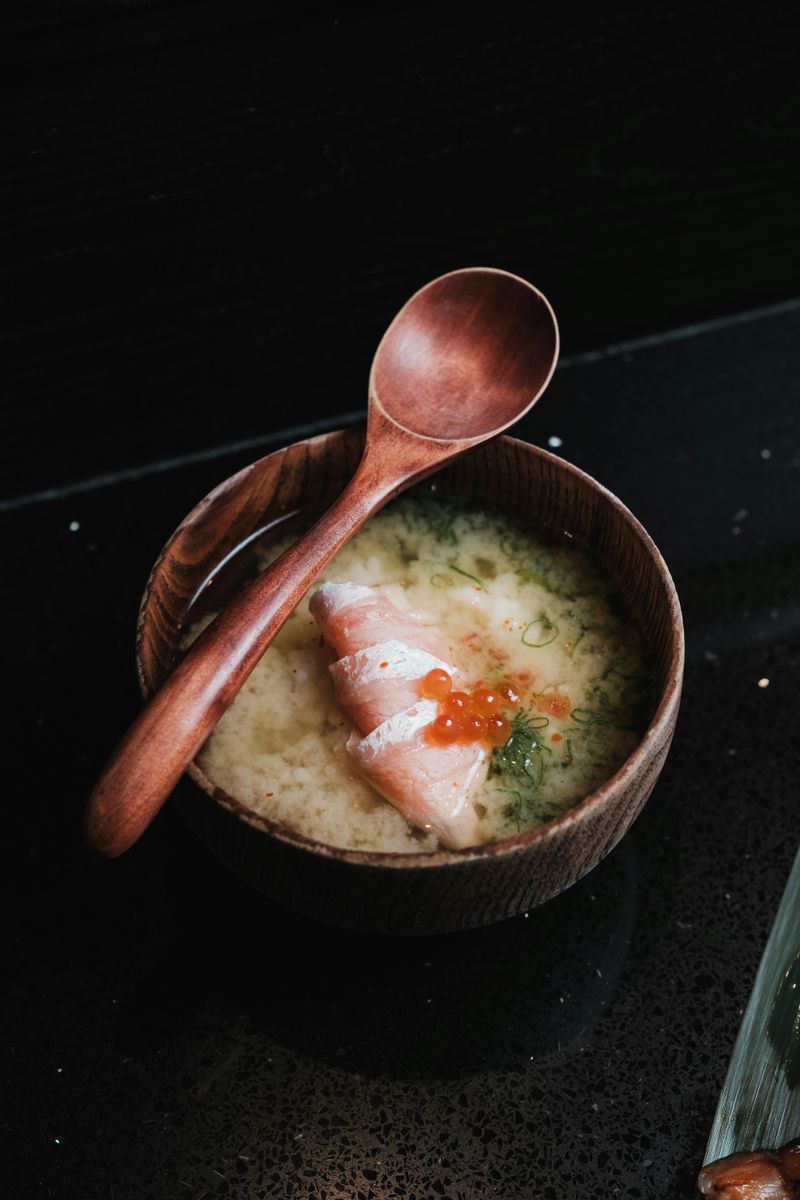
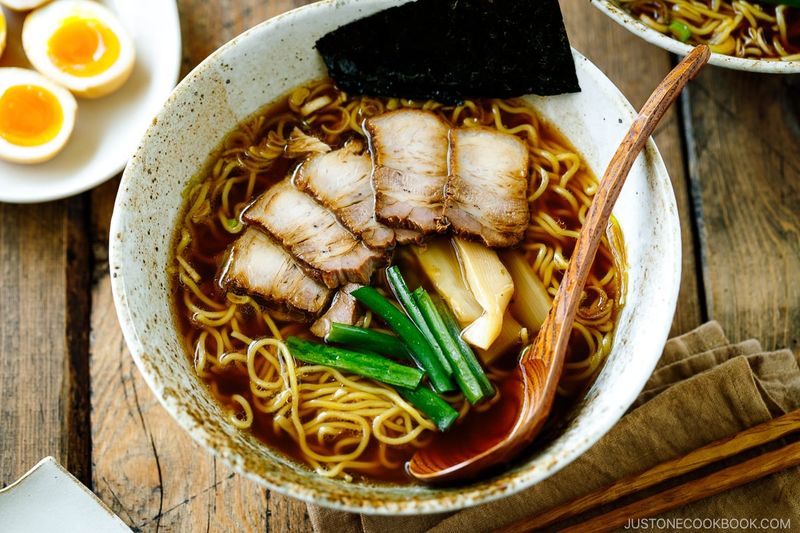
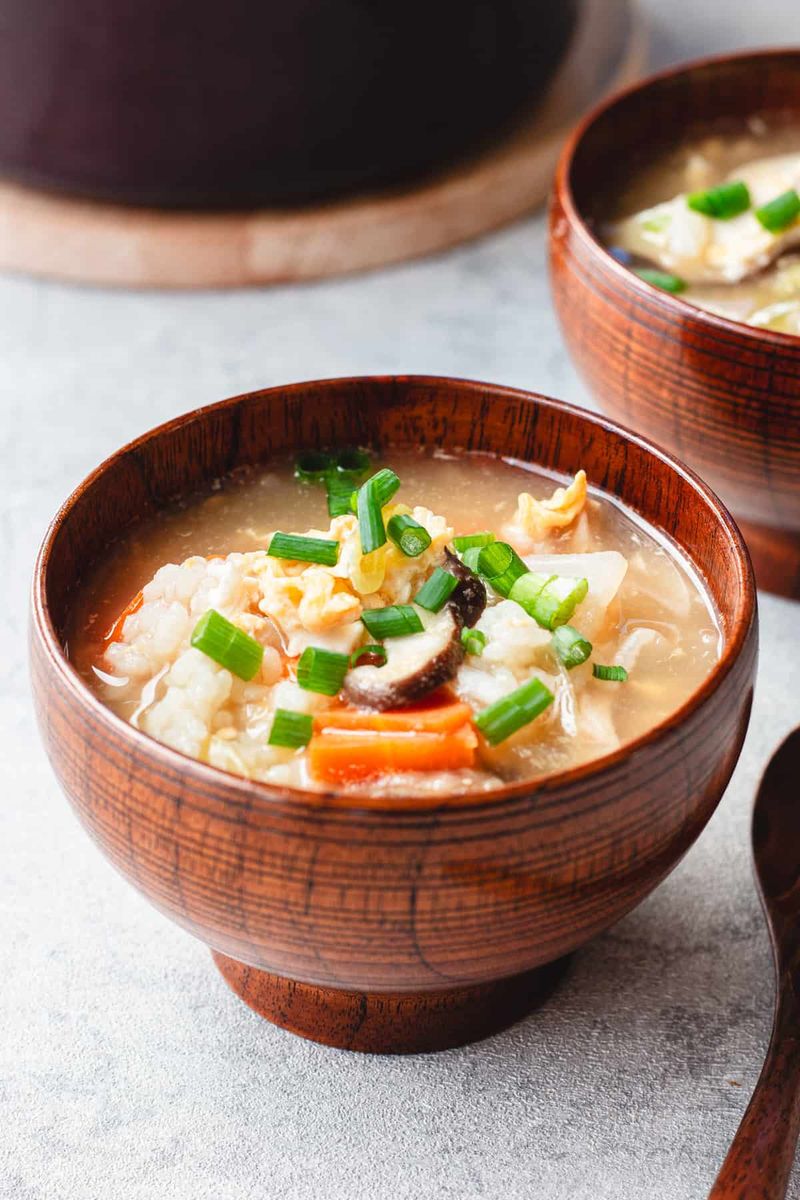
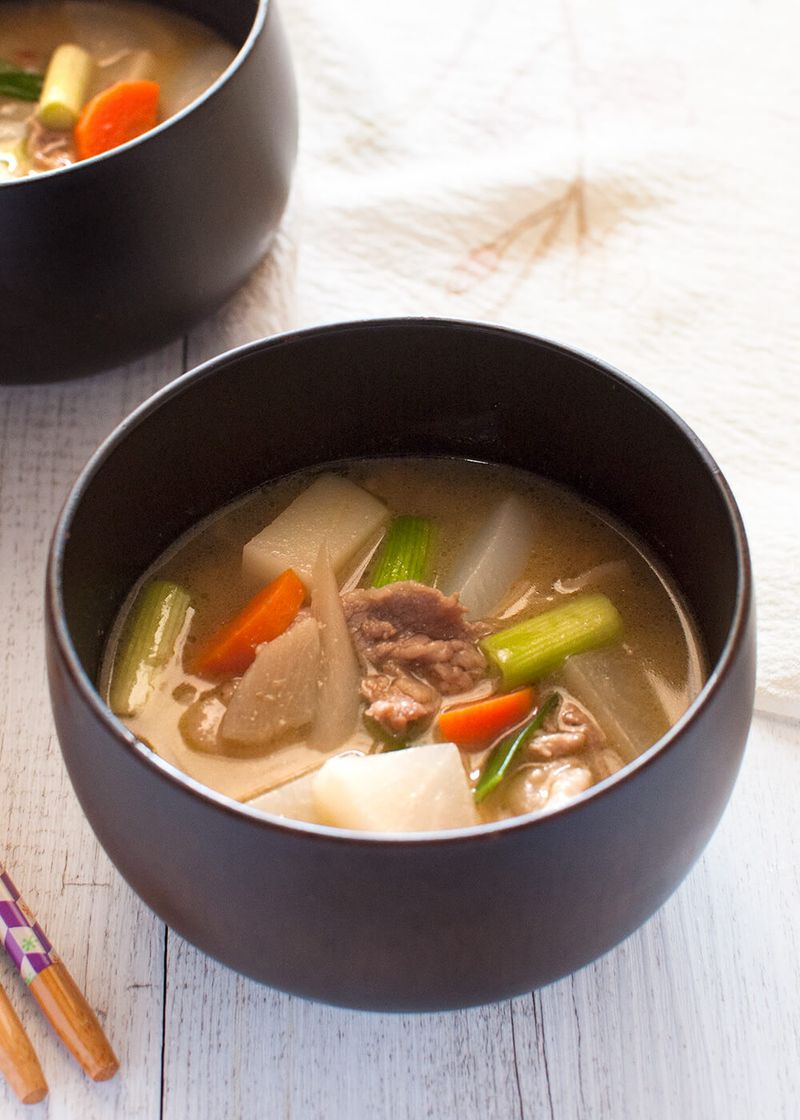
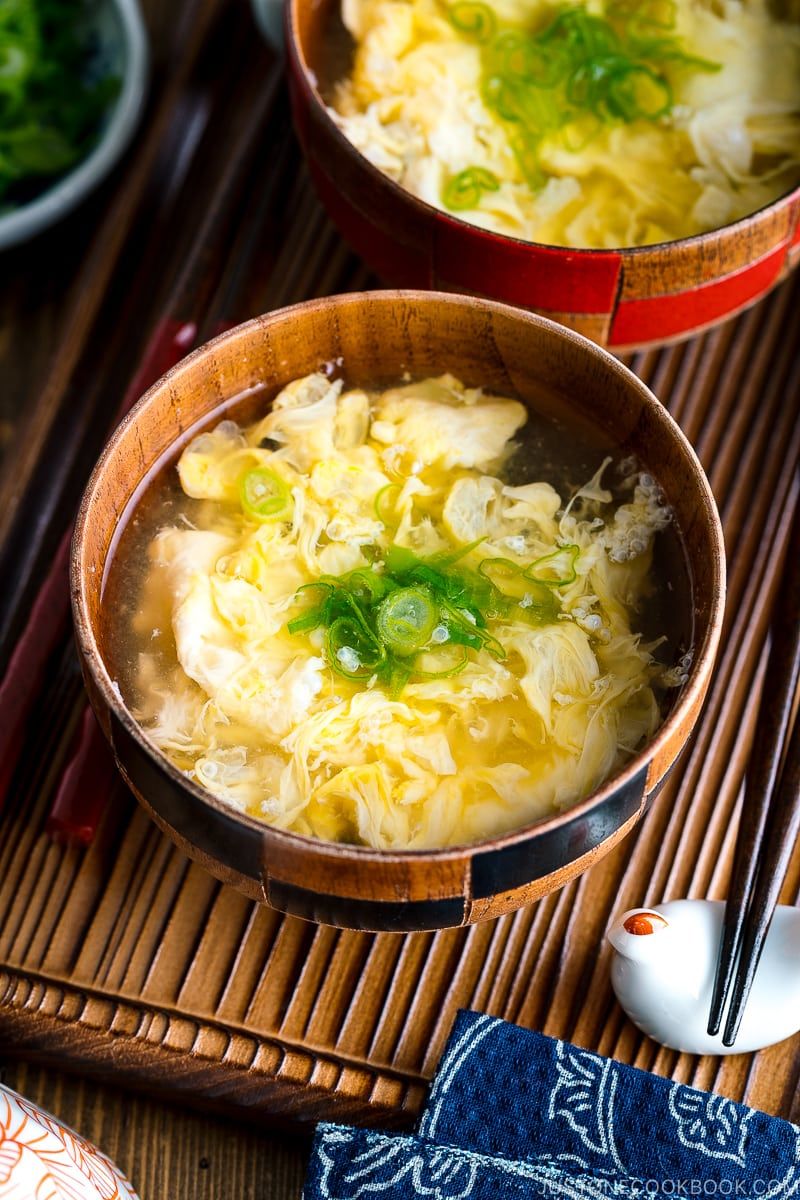
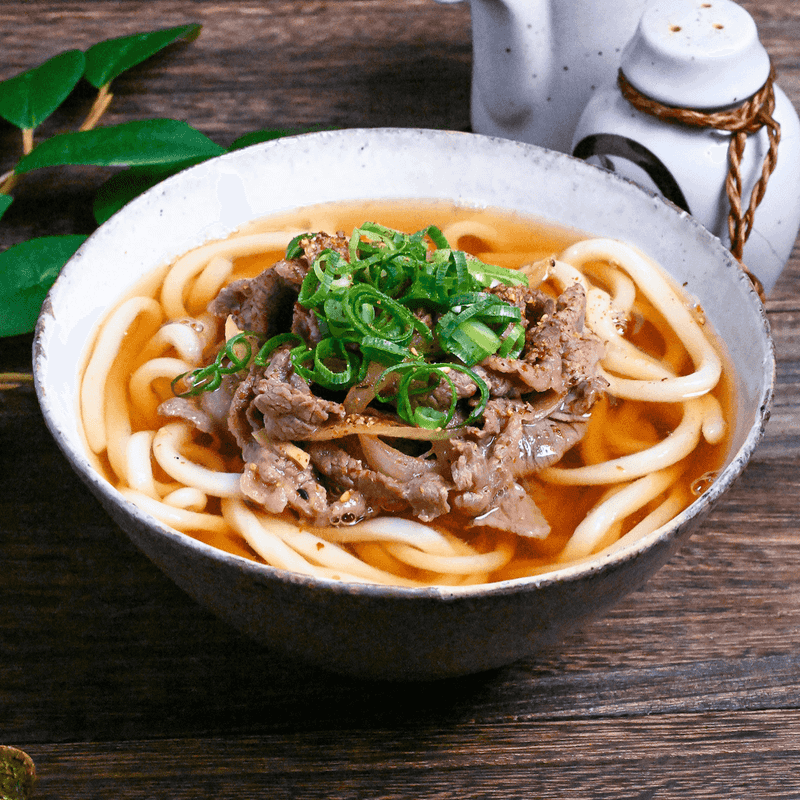
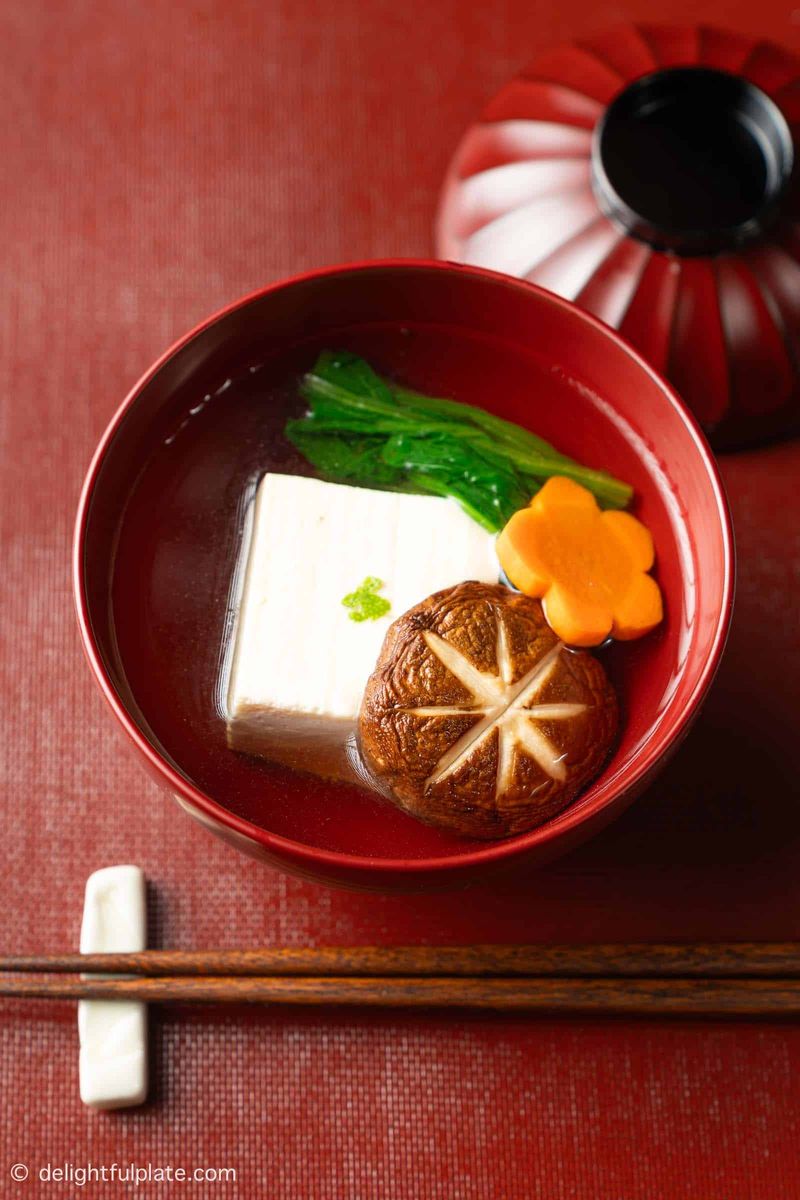
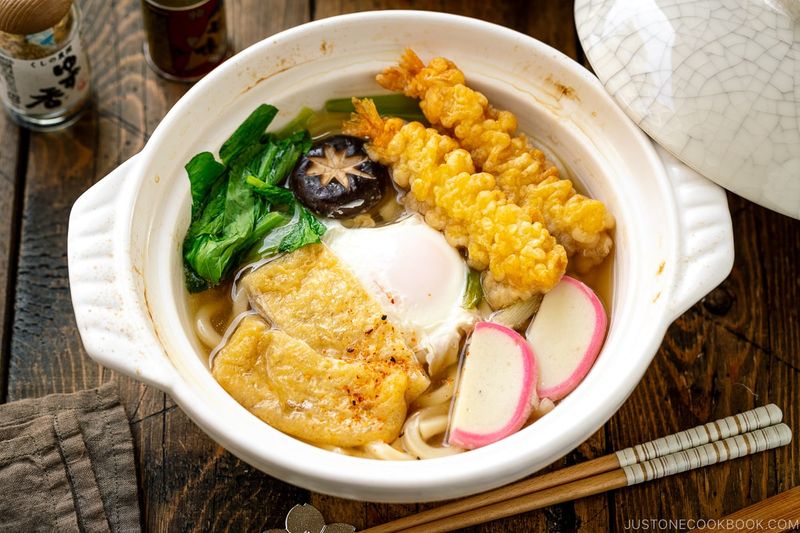
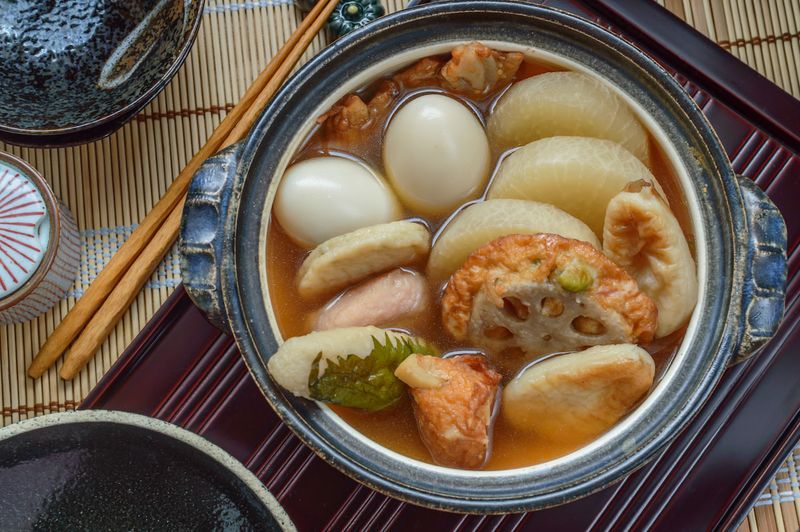
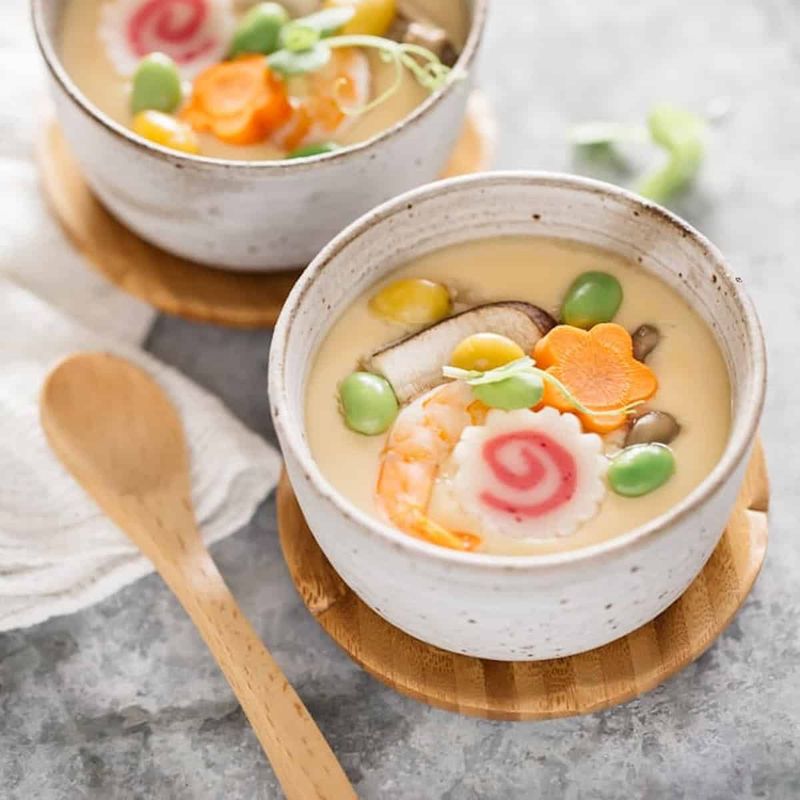
Leave a comment